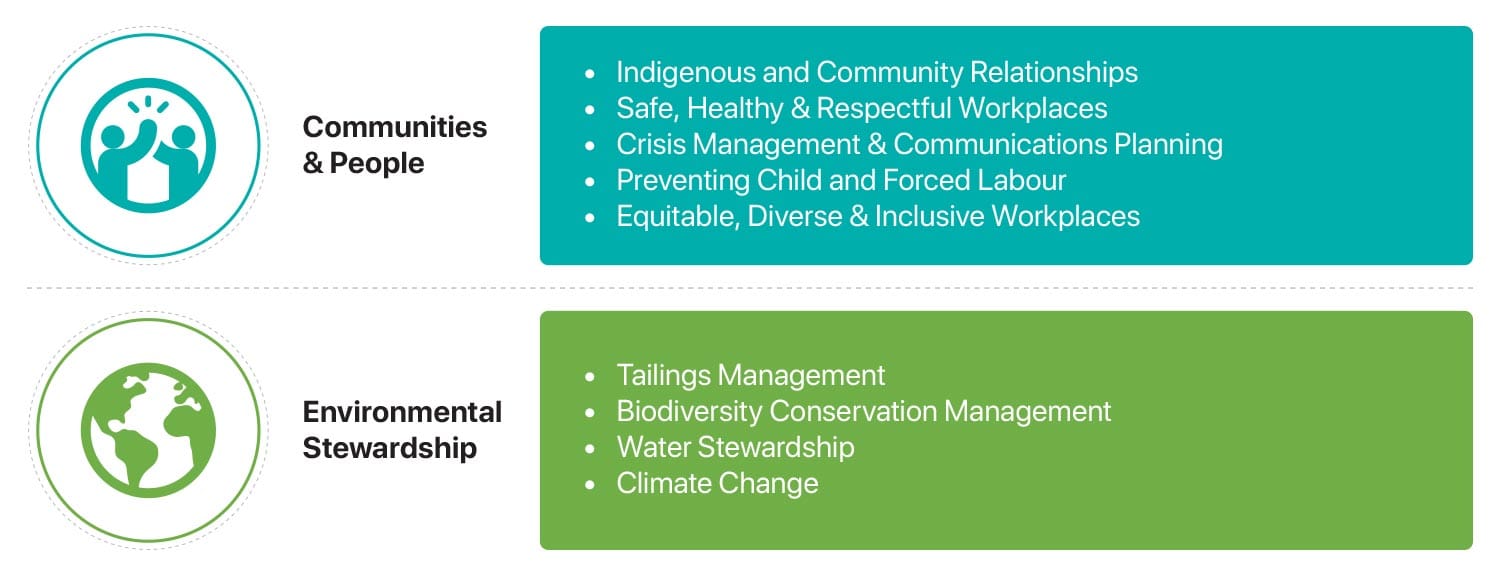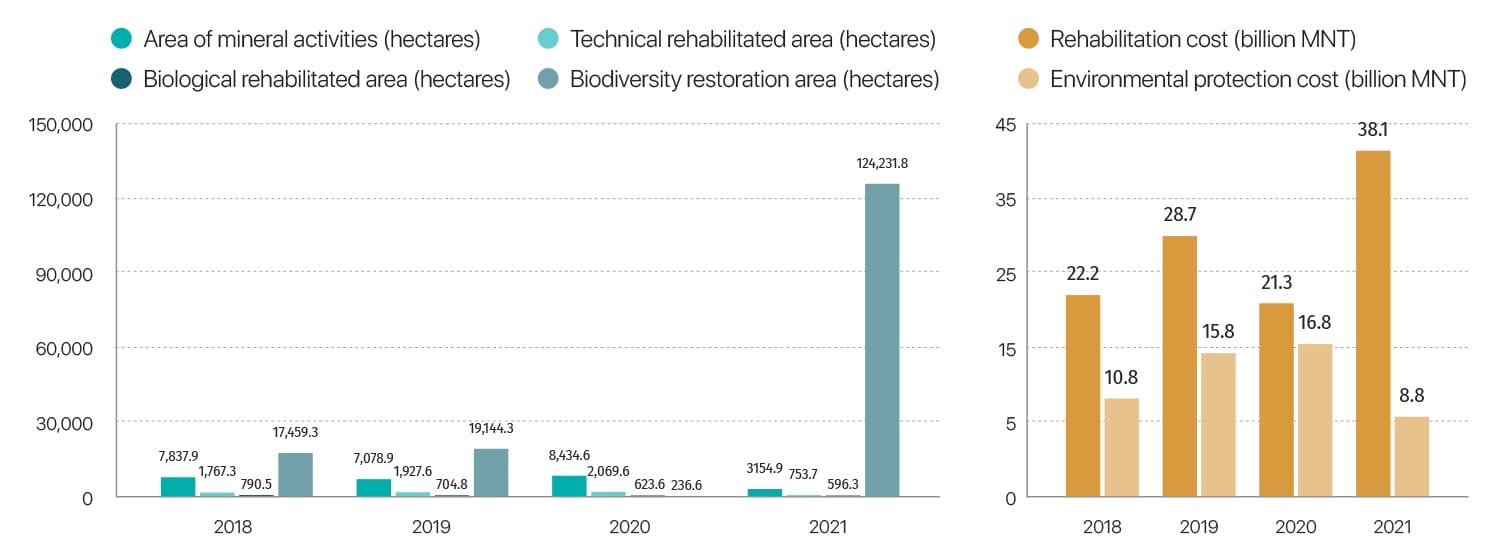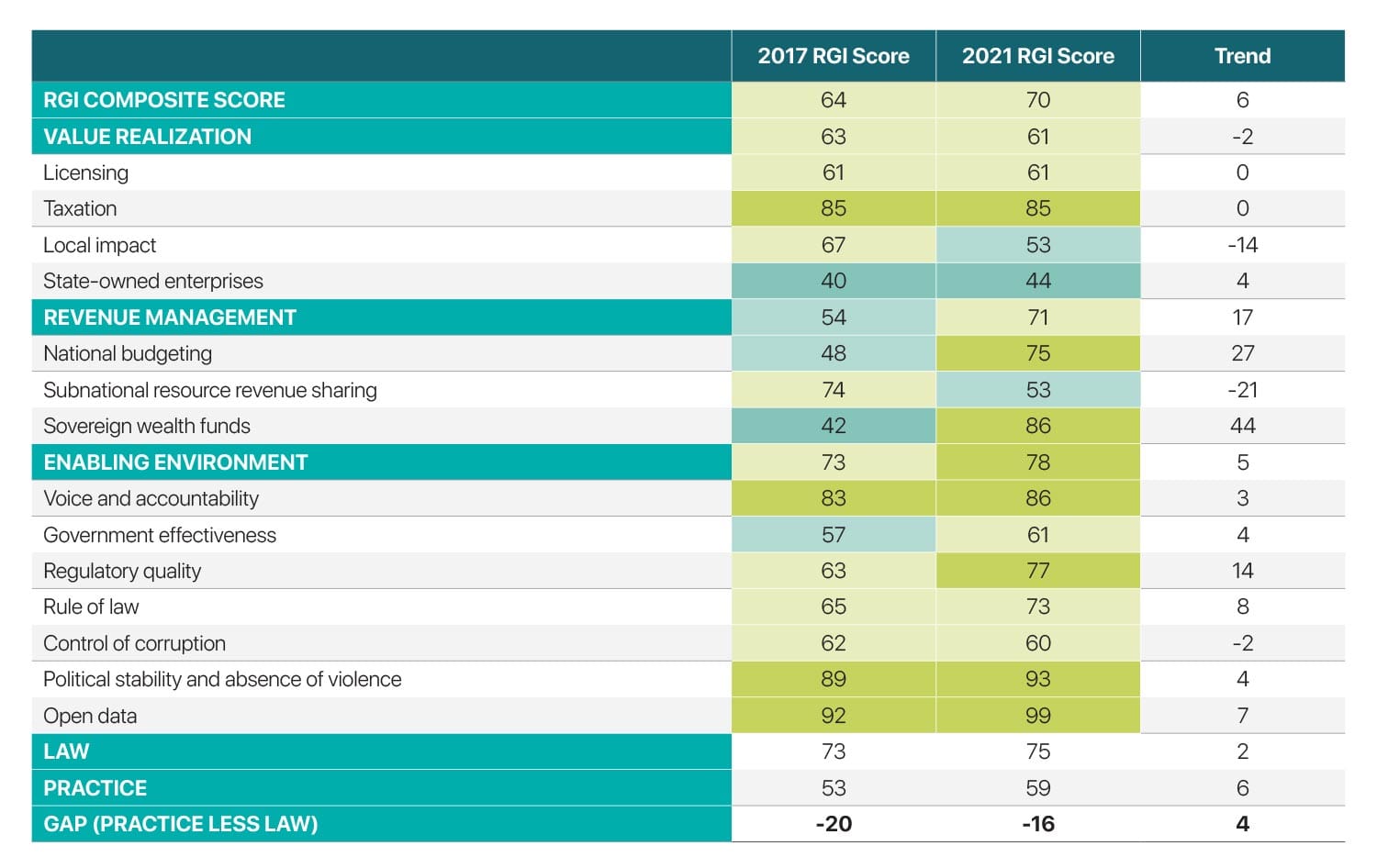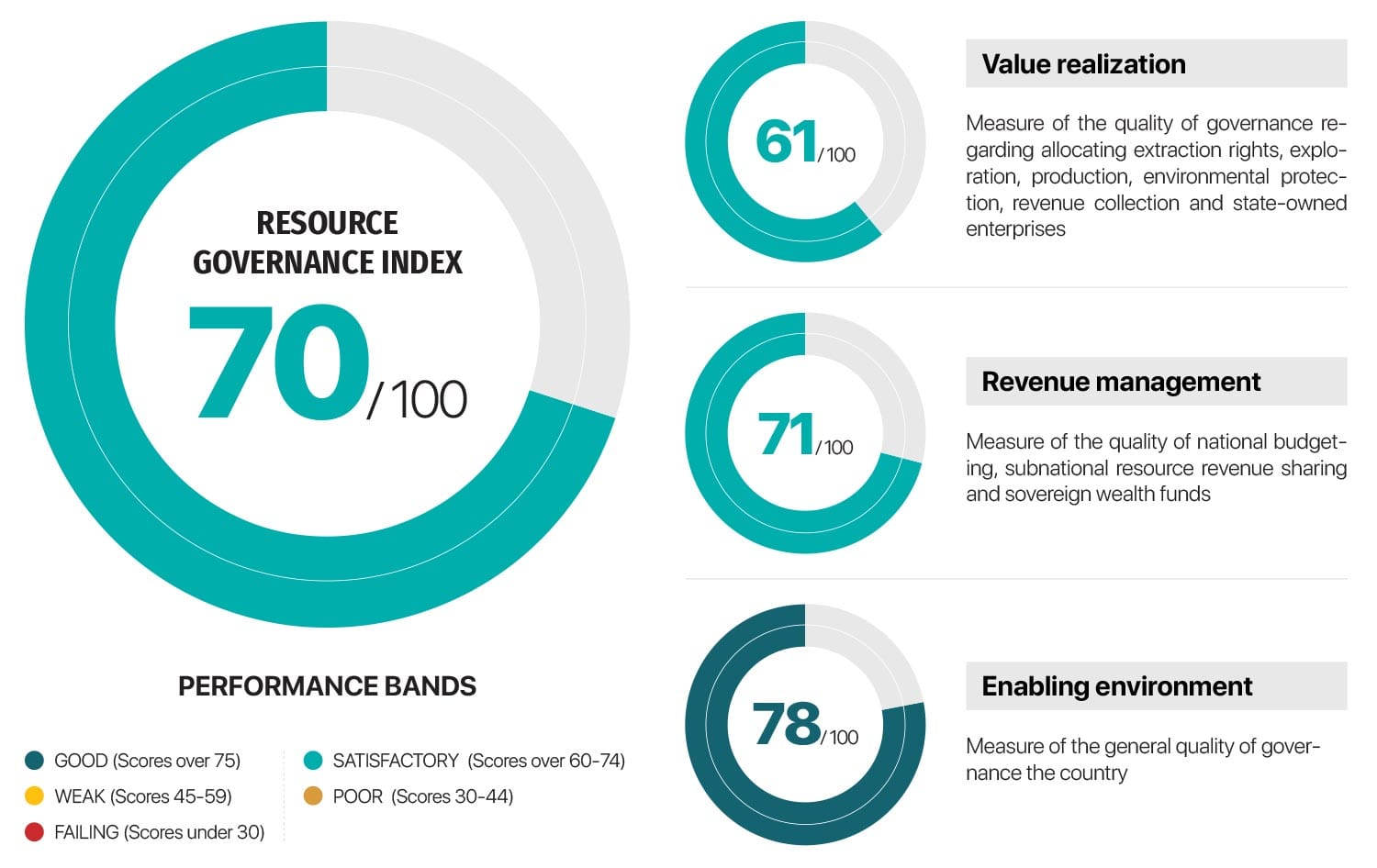
The Mongolian National Mining Association (MNMA) is a leading non-profit organization dedicated to advancing Mongolia’s mining sector. Representing all of Mongolia’s largest mining companies, including operators, exploration firms, suppliers, and consultants, MNMA plays a crucial role in promoting sustainable and responsible resource development.
MNMA’s mission is to ensure that mining drives economic growth while safeguarding the environment and improving the lives of local communities. The association collaborates with government agencies, international organizations, and industry stakeholders to enhance mining regulations, support innovative practices, and foster transparency and accountability.
MNMA’s key initiatives, including the Responsible Mining Codex, Towards Sustainable Mining (TSM) Initiative, and the Consolidated Mining Standard Initiative (CMSI), emphasize its unwavering commitment to developing a responsible and sustainable mining sector. Through these efforts, MNMA is driving progress towards higher industry standards, environmental stewardship, and long-term economic growth.
Why Responsible Mining Standards Matter
Industry standards are essential for establishing clear expectations for responsible operations. They ensure that mines are safe, efficient, environmentally conscious, and socially inclusive. In the global market, investors and consumers increasingly seek assurances that raw materials come from responsible sources. Following internationally recognized standards builds trust, opens doors to new markets, and strengthens a company’s reputation.
Moreover, implementing international standards not only assures financiers, investors, and buyers of reliable operations but also helps create long-term benefits for local communities by supporting sustainable economic opportunities, such as post-closure financial sources developed in collaboration with local stakeholders. Additionally, these standards ensure Mongolia’s mining industry remains part of the global energy transition and maintain responsible and transparent supply chains from investment decisions to final product purchases, supporting adaptation and resilience.
To meet these growing expectations, MNMA has implemented key initiatives that align Mongolia’s mining sector with global best practices.
The Responsible Mining Codex
MNMA’s Responsible Mining Codex provides a comprehensive framework that helps companies meet high standards across five essential areas:
- 1. Corporate Governance and Transparency: Promoting fair decision-making and transparent operations that build stakeholder trust.
- 2. Labor Relations and Rights: Upholding labor rights and fostering respectful, inclusive workplaces.
- 3. Health and Safety: Ensuring robust safety measures and a healthy working environment.
- 4. Community Development and Engagement: Supporting local economic development and encouraging active community participation.
- 5. Environmental Protection: Minimizing environmental impact and promoting sustainable resource management.
All of Mongolia’s largest mining companies, represented by MNMA, have adopted this codex, demonstrating their commitment to responsible mining. By adhering to these principles, they contribute to long-term industry growth that benefits both the economy and society.
Towards Sustainable Mining (TSM) Initiative
MNMA has also embraced the internationally recognized Towards Sustainable Mining (TSM) initiative, originally developed by the Mining Association of Canada. TSM provides tools for continuous improvement in key areas, such as environmental performance, community engagement, and energy efficiency.
TSM has been adopted by 13 countries, including Mongolia and implemented by over 200 companies worldwide. Major global investors and manufacturers, including Apple, Tesla, and BMW, recognize TSM certification as proof of responsible sourcing. By adopting TSM, MNMA ensures that Mongolian mining companies align with global sustainability expectations, enhancing their competitive edge.
TSM Protocols
The Consolidated Mining Standard Initiative (CMSI)
To address the complexity of multiple overlapping standards, MNMA is actively contributing to the Consolidated Mining Standard Initiative (CMSI). This initiative aims to unify and simplify responsible mining standards by integrating the best aspects of four leading frameworks: The Copper Mark, TSM, the World Gold Council’s Responsible Gold Mining Principles, and ICMM’s Mining Principles.
Why Consolidation Matters
In today’s world, financial institutions, lenders, and investors increasingly support responsible mining and assess environmental, social, and governance (ESG) performance before providing funding. Leading global associations have joined forces to create a unified standard that applies regardless of the type of mineral being extracted. This offers project implementers a clear path to compliance and avoids the confusion of having to create separate ESG frameworks for each project.
Previously, projects would rely on different advisors to meet varying standards, making processes fragmented and costly. With consolidation, the guidelines are simpler and more efficient.
By joining these global standards, Mongolia’s mining sector gains credibility and ensures long-term benefits for stakeholders. Unified standards lead to measurable ESG impacts, create trust, and ensure that buyers continue to source responsibly.
A Unified Approach
Once finalized, CMSI will set a globally consistent benchmark for responsible mining. It is expected to be adopted by major organizations such as ICMM, the World Gold Council, and The Copper Mark, potentially reaching nearly 100 companies across 60 countries and covering over 600 mining sites. This widespread adoption would lead to better practices across the industry, enhancing its overall impact.
Building Momentum
MNMA is proud to represent Mongolia in this global effort to strengthen responsible mining practices. By advocating for clear, high-standard guidelines, MNMA helps ensure that Mongolian mining companies remain competitive, meet investor expectations, and contribute to sustainable development.
MNMA’s initiatives, including the Responsible Mining Codex, TSM, and CMSI, highlight its commitment to building a responsible, sustainable mining sector. By aligning with international best practices and elevating Mongolia’s mining industry on the global stage, MNMA is driving progress toward a future where mining supports both economic growth and environmental protection.
Sustainability Efforts in Mongolian
Mining Sector
The growing importance of Mongolia’s mining sector highlights the need for responsible and sustainable practices, as communities become more aware of and concerned about the potential impact of mining activities on their livelihoods and environment.
Government support for the gold sector in the 1990s resulted in a rise in the number of artisanal gold miners, which had harmful effects on the local environment. Artisanal miners, who frequently operate in unsafe and unhealthy conditions, contributed to the degradation of pastureland, rivers, and drinking water sources for local communities. It eventually led to local movements against mining operations, prompting the government to enact new laws and amendments aimed at enhancing environmental standards, involving local communities, and promoting local development and employment.
Mining companies in Mongolia now need to have not only a legal license but also a social license from local communities to gain acceptance and support for their activities, especially with regards to environmental, social, and governance considerations.
This section highlights mining sector activities related to sustainability in Mongolia.
Environment
All mining and exploration license holders are required to develop an Environmental Protection Management Plan. This plan should be created after consulting with the local administration and relevant environmental administrative division, then approved by the local governor and submitted to the local environmental monitoring authority. Additionally, the license owner must deposit 50% of the total annual budget required for implementing environmental protection measures as a guarantee. Once all the activities outlined in the plan are completed, the transferred funds will be refunded.
The Environmental Protection Management Plan must be prepared based on the recommendations outlined in the Detailed Environmental Impact Assessment conducted by an authorized legal entity.
Mongolia is a high-water risk country with most of its water resources coming from surface water. Groundwater is mainly used for drinking and industrial purposes. Mining consumes 15% of total water use, expected to increase with growing GDP from mineral export. Mining companies are required to pay a fee for their water usage.
Water usage and related fees of mining companies (as of 2021)
Source: EITI Mongolia
EITI Mongolia reported that 88.7% of total water usage fee came from the biggest 10 mining companies. The world-renowned copper mines of Erdenet and Oyu Tolgoi were the biggest contributors, accounting for 38.2% and 30.5% respectively.
Mining waste (as of 2021)
Source: EITI Mongolia
The large volumes of waste generated from mining projects. The safe disposal of mining waste is a crucial concern, particularly in Mongolia where waste is commonly disposed of on land and wet or toxic waste is disposed of in dams constructed near the mining site.
The awareness of rehabilitation and mine closure have been increasing in Mongolia’s mining sector. Under the Minerals Law, companies are required to pay a “rehabilitation bond” to the Soum Government to assist rehabilitation activities. Despite this legal requirement, the law is often not adequately enforced. Moreover, inadequate government resources and capacity to monitor and enforce regulation also inhibits the effective rehabilitation of mine-affected land across Mongolia.
In 2020, the Government estimated that 30,000 hectares of land were damaged, with 28,000 hectares resulting from mining activities. To address this, the Government included the rehabilitation of 8,000 hectares of damaged land in its Action Plan from 2020 to 2024.
The Ministry of Environment and Tourism, in collaboration with the Deputy Prime Minister, the Minister of Environment and Tourism, the Minister of Mining and Heavy Industry, and the Minister of Justice and Internal Affairs, has received approval for a joint decree to implement a unified initiative called “Rehabilitation 2024.”
Under this initiative, between 2020 and 2023, 9,773 hectares of land underwent technical rehabilitation, while 2,549 hectares were restored through biological rehabilitation efforts.
Rehabilitation of mining companies in Mongolia
Source: MRPAM
Mine closure is becoming a significant concern in Mongolia. According to the Ministry of Environment and Tourism, a few years ago, the average percentage of successful mine closure in Mongolia was around 30%. Incomplete mine closures not only have adverse effects on the environment and local communities but also tarnish the reputation of the mining sector, ultimately impacting all future mining operations.
Mine closure works in Mongolia are based on many different laws and regulations, including Minerals Law and the Regulation on Temporary and Permanent Closure of Mine. The government is currently working on drafts bills for the revised Minerals Law and other related laws. One of the focuses of these bills is to emphasize the importance of mine closure, bringing it up to international standards, and including detailed regulations regarding the financial aspect.
Boroo Gold Mine stands as the pioneering example in Mongolia, being the first to successfully complete a mine closure, setting a powerful precedent for future large-scale closures. Boroo Gold’s tailings dam is widely regarded as a model of exemplary environmental management, and its mine closure plan goes above and beyond, encompassing not only soil rehabilitation but also the restoration of biodiversity. This holistic approach reinforces Boroo Gold’s leadership in sustainable mining practices and sets the standard for the industry’s future.
There are also concerns about what will happen when mining activities come to an end. For example, Erdenet, a city with a population of over 100,000, heavily depends on the world-renowned copper mine of Erdenet, which accounts for 92% of the city’s economy according to MIMR. Similarly, Umnugovi Province, the largest center of mining deposits, relies on mining activities for 60-65% of its budget. During the peak of the boom in Tsogttsetsii, the center of Umnugovi Province, the population increased tenfold to approximately 20,000 people. Consequently, some experts in Mongolia suggest that mine closure plans should address this issue.
Local community engagement and benefits
There is major concern from the public regarding the local benefits of mining projects and such concerns play a crucial role in granting social license to these projects.
The establishment of the Local Development Fund in 2011 aimed to foster local development with active citizen involvement. As per the Budget Law, the fund received the entirety of the revenue from mineral exploration license fees and 50% of the revenue from mineral extraction license fees, along with 5% of royalties, 30% of crude oil royalty payments and 5% of VAT. These resources are then allocated to local development projects within the soums, considering factors such as the local development index, population, and territory.
Funding sources of the Local Development Fund
FUNDING OF THE LOCAL DEVELOPMENT FUND (IN BILLION MNT)
Source: GoGo News
Taxes and Fees Paid by Companies to the Local Government in Mongolia
- Real estate tax
- Tax on vehicles
- Land fees
- Water usage fees
- Water pollution fees
- Royalty fee for common minerals
- Payment for the employment of foreign workers
- Dividends on local-owned property
- Penalty
- Compensation
- Contribution at rate of 50% to designated account for environmental protection
- Others
- Donation
Source: EITI Mongolia
Every year, mining companies are donating more to government organizations, local administrations, and local communities. The outflows have significantly increased since 2018, and by the end of 2020, they had reached MNT45.9m ($16m). Between 2014 and 2020, mining companies contributed a total of MNT213b ($74.7m) to local administrations and government organizations. Notably, Oyu Tolgoi LLC alone accounted for 61.3% of the total outflows to the government organizations.
The local governor plays a crucial role in managing company-community relations, as they are authorized to grant permissions for land and water usage. Additionally, under the Minerals Law, the provincial governor can object to mining activities in case of violations and restrict mining operations in areas designated for local use.
Mining companies in Mongolia are also required to establish localized cooperation agreements with local governments in regions where their mining projects are located. These agreements outline community development projects to be implemented during the project’s lifespan. The companies aim to hire local workers, partner with local small and medium businesses by purchasing their products and services, and provide sponsorship for local students, among other efforts. These actions enhance mutual understanding of the benefits that a mining project can bring to the local community and provide long-term social support.
Local community participation in licensing involves consultation and collaboration with the local government and community during the licensing process for mining projects. This includes obtaining opinions from the province’s Citizens Representative Khural, as well as the local government having the right to veto geographical coordinate suggestions from the MRPAM. The local government also has the right to intervene if the mining license holder is not following the law and harming the local community or environment. Moreover, the Minerals Law requires that the foreigners can only compose up to 10% of the mining license holder’s total workforce, ensuring local community participation.
Resource Governance Index of Mongolia
The 2021 Resource Governance Index score for Mongolia increased to 70 out of 100, driven by improvements in revenue management and the enabling environment, but local impact governance declined. The New York – based think tank – Natural Resource Governance Institute’s 2021 Resource Governance Index assesses how 18 resource-rich countries govern their mineral wealth.
The 2021 Resource Governance Index presents following key points about the governance of Mongolia’s mining industry:
- Mongolia’s licensing subcomponent score remained unchanged, and relatively few licenses have been issued since 2017. However, there is no requirement for extractive companies to disclose beneficial ownership information or publish contracts.
- Although public officials are required to disclose their financial holdings in extractive companies, this information has not always been made public. There is a need for stricter laws in this area to prevent corruption and conflicts of interest.
- Companies are required to submit environmental impact assessments, but many of these assessments are not disclosed. Information about rehabilitation and closure procedures is also lacking.
- Mongolia’s revenue management score has increased due to improvements in the governance of sovereign wealth funds. However, the Future Heritage Fund has not yet been invested, and fiscal rules are modified almost every year, reducing their effectiveness.
- Although Mongolia has a strong governance of open data, driven by a strong government push for digitization and the creation of an online e-government structure, this is not always reflected in the mining sector. The government must work to improve online disclosures and ensure that data is accessible to the public.
- The implementation gap between enacted laws and their enforcement has decreased, but there is still a lack of disclosures and enforcement related to local impacts and subnational resource revenue sharing. The Mongolian government must ensure that this information is disclosed to the public.
Mongolia’s scores in the 2017 RGI and 2021 RGI
Mongolia mining: 2021 Resources Governance
Index and component scores
Source: Natural Resource Governance Institute







